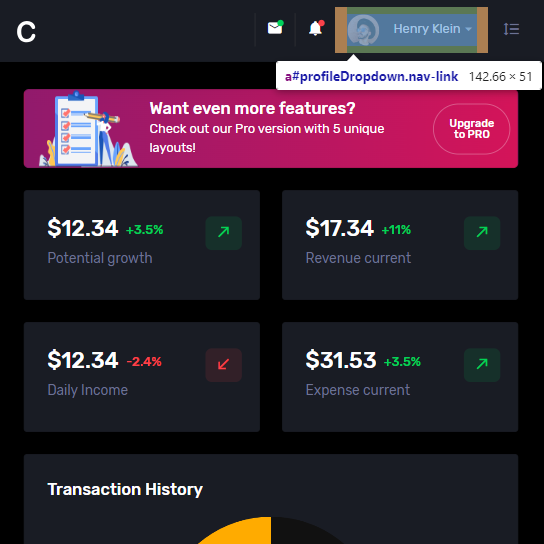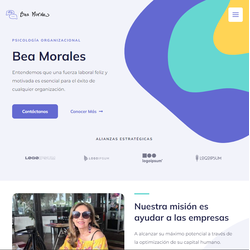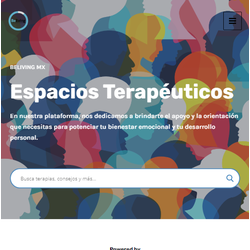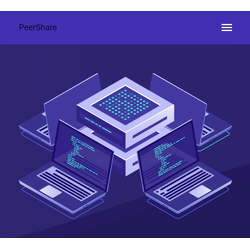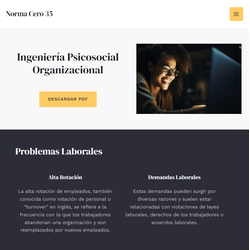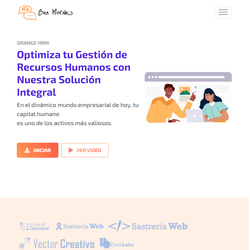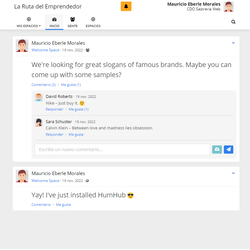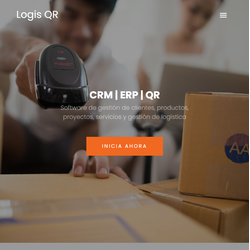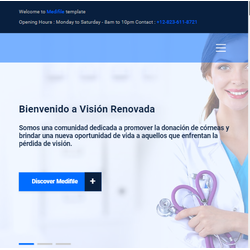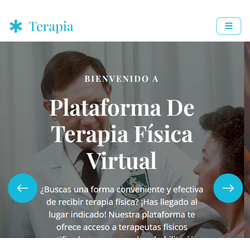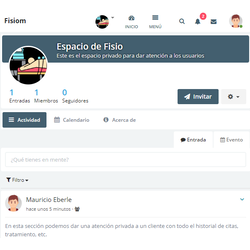Data sheet
| 🗓️ Última actualización | hace 3 meses |
More info
Project Objectives
1. Dolibarr Implementation: Establish Dolibarr as the centralized platform for efficient project management within the organization.
2. Customization and Adaptation: Adapt Dolibarr according to the specific requirements of the project and the particular needs of the organization.
3. Training and Training: Train staff in the effective use of Dolibarr to maximize productivity and take full advantage of the available functionalities.
Project Phases
1. Initial Planning
- Requirements Definition: Identify and document the functional and non-functional requirements of the project management system.
- Process Analysis: Evaluate current project management processes to identify areas of improvement and define how Dolibarr can optimize them.
- Server Selection and Initial Configuration: Choose a suitable server to host Dolibarr and perform the initial configuration of the software.
2. Dolibarr Deployment
- Installation and Configuration: Deploy Dolibarr on the selected server and configure the necessary modules for project management.
- Module Customization: Adjust and customize Dolibarr modules (such as task management , time tracking, resource management) to align with project-specific processes and workflows.
3. Integration with Other Systems
- Integration with Existing Systems: Configure the integration of Dolibarr with other business systems used by the organization, such as accounting systems, CRM or other relevant software.
4. Testing and Tuning
- Functionality Testing: Perform extensive testing to ensure that Dolibarr meets established functional and non-functional requirements.
- Tuning and Optimization: Perform adjustments based on test results to optimize performance and the usability of Dolibarr in the context of the project.
5. Training and Training
- Staff Training: Develop and offer training and training programs for Dolibarr end users and administrators.
- Preparation of Manuals and Documentation: Create detailed documentation, user manuals and guides reference to facilitate the learning and continued use of Dolibarr.
6. Full Implementation and Launch
- Go-Live: Deploy the complete Dolibarr-based project management system into production.
- Initial Monitoring and Support: Provide initial support and monitoring to ensure a successful launch and resolve any initial problem that may arise.
Expected Benefits of the Project
- Centralization of Information: All data and documents related to the projects will be centralized in Dolibarr, facilitating access and collaboration between team members.
- Process Automation: Dolibarr allows Automate repetitive tasks such as reporting, resource allocation, and project progress tracking, improving operational efficiency.
- Improved Communication and Collaboration: The integrated communication and collaboration tools in Dolibarr promote more effective communication between project teams and stakeholders.
- Effective Resource Management: Functionalities such as tracking times, costs and resources allow for more effective management of available resources, optimizing their allocation and use.
Implementing a project management project with Dolibarr not only improves internal organization and operational efficiency, but also provides a robust and scalable platform to adapt to the changing needs of the organization and its projects.
ProjectPulse
Reference: #ProjectPulse
🌱 Capital: Accelerator
Agency: Data MKT Insigth
Detailed Description of the Project Management Project with Dolibarr.
30 other products in the same category:
P&Rs
-
¿Qué es un proyecto digital?
Un proyecto digital es una iniciativa que utiliza tecnologías digitales para alcanzar un objetivo específico. Esto puede incluir el desarrollo y la implementación de plataformas, aplicaciones, sitios web, campañas de marketing digital, sistemas de gestión de información, y más. Los proyectos digitales se caracterizan por su uso de herramientas y recursos tecnológicos para mejorar procesos, servicios, o productos, y pueden aplicarse en diversos sectores como la educación, la salud, el comercio, y la comunicación.
Los objetivos comunes de un proyecto digital pueden ser:
1. Mejorar la Eficiencia: Automatizar y optimizar procesos para ahorrar tiempo y recursos.
2. Incrementar la Visibilidad: Utilizar el marketing digital para llegar a una audiencia más amplia y aumentar la presencia en línea.3. Fomentar la Innovación: Desarrollar nuevas tecnologías o mejorar las existentes para ofrecer mejores servicios o productos.
4. Facilitar el Acceso a la Información: Crear plataformas que permitan un acceso más fácil y rápido a datos y recursos importantes.
5. Mejorar la Experiencia del Usuario: Diseñar interfaces y servicios que sean más intuitivos y agradables para los usuarios.

